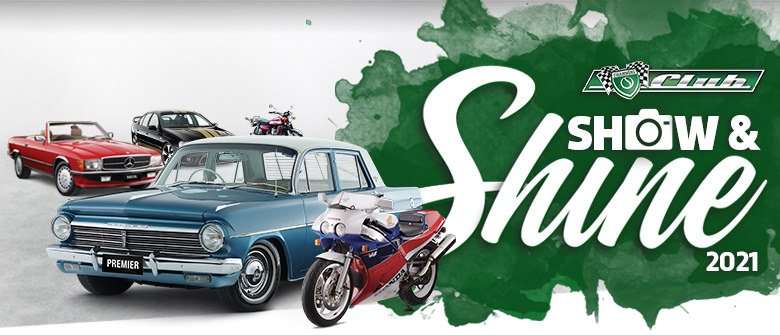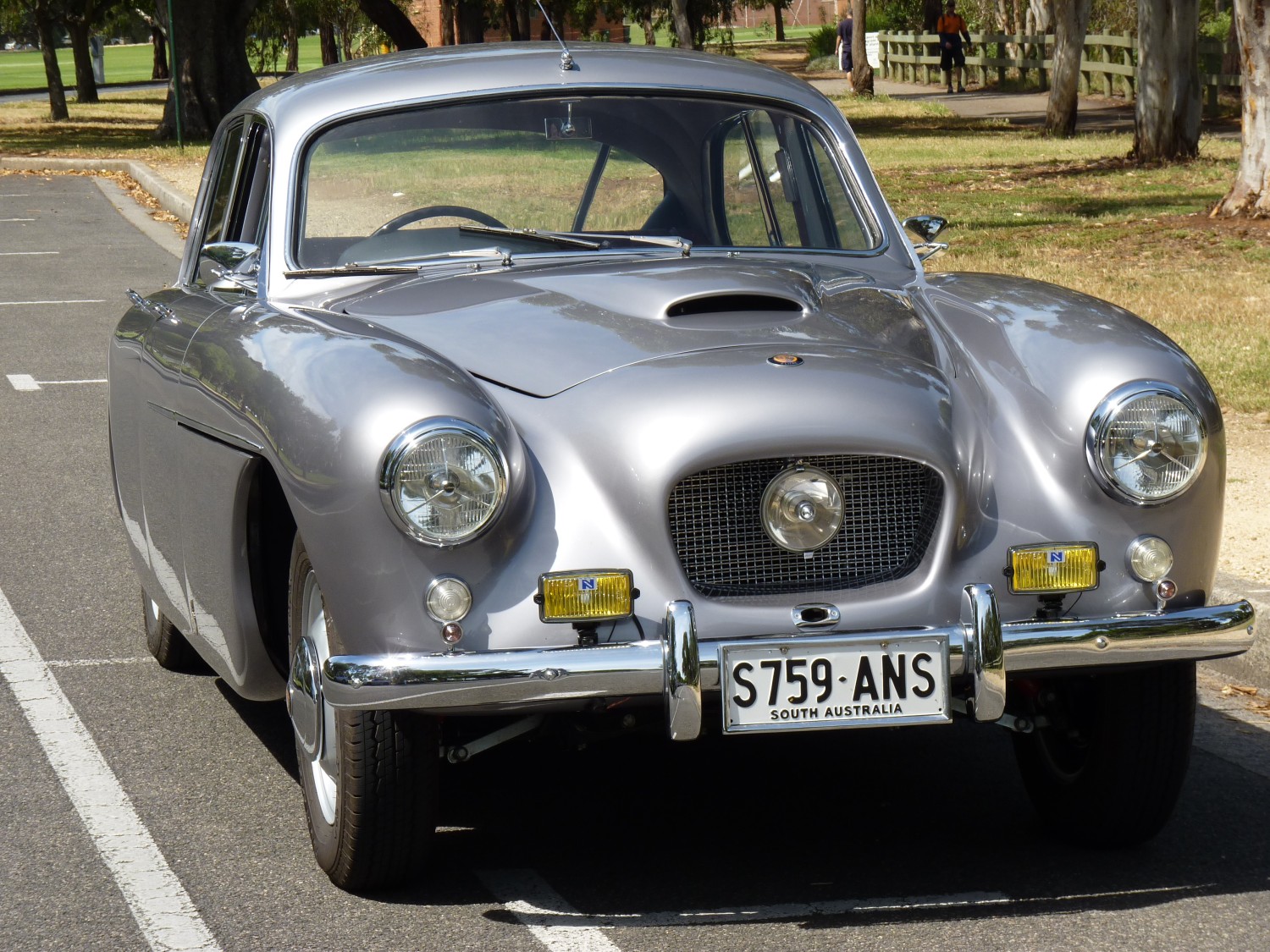History
Back from the Brink – Rescuing Bristol 405, Chassis Number 4017
A tale of the triumph of hope over experience by Ian Webber
I have always enjoyed restoring old cars.
It started with an Austin 7 many years ago and finished (or so I thought) with a 1948 Bentley Mark VI. However I was tempted out of “retirement” by a friend, Peter Holland, who had been offered the choice of two Bristols – a 400 and a 405. He chose the 400 and asked me if I’d be interested in the 405. After much soul-searching I decided that maybe I could tackle just one more restoration project and since I knew absolutely nothing about Bristols I thought it would be an interesting educational experience. Little did I know what I’d taken on!
I learned later that the Bristol had over-heated when driven home in 1979. It was then parked in the owner’s driveway and did not move again until it was delivered to my home in 2007 – in other words the car had been standing out in all weathers for nearly thirty years. I understand that members of the Bristol Owners Club offered to repair the engine, but the owner refused the offer, so the water in the crankcase, caused by a ruptured head gasket, also remained undisturbed for nearly thirty years!
The car was a total mess, poorly maintained during its working life and sadly neglected thereafter. Its only redeeming virtue was that it was complete and original, so every part of the car was accounted for. I also inherited a treasure trove of documents, which included such items as a workshop/spare parts manual (the best workshop manual I have ever seen), a sales catalogue in perfect condition and a copy of a road test of my car which appeared in the “Melbourne Herald” dated 10th October 1955. From this article I learned that this car, first owned by John Dent, of “Kenloch”, Olinda was the first Bristol 405 to arrive in Australia. Later I was given photos taken of it on display at the Melbourne Motor Show – how the mighty have fallen!
So began a four-year restoration project, during which I have learned more than one really needs to know about Bristol 405’s. Over the years I had found a number of specialist restorers in whom I had confidence, but the Bristol required new skills, especially restoration of the timber frame above the waist-line. Apparently Bristol chose an ash upper frame in the 405 for lightness and quietness, but if I had realised the problems that this would pose I doubt whether I’d have had the courage to tackle the restoration.
The Bristol 405 really is a “curate’s egg”. The aluminium skin is a tour de force of British craftsmanship, but many of the hidden details are poorly executed, especially for a car in its price class (£4,216 including tax). For example the mild steel plates attaching the door upper frames to the door inner panels were neither plated nor painted, with predictable results. There are many similar shoddy details, most of which have hopefully been corrected in the course of the restoration.
It amazed me that so much of the ash framework had literally disappeared. The timber forming the A-pillars was completely gone, most of the front door hinge pillars had rotted away and large sections of the wooden frames around the front and rear windows had disappeared. Sorting this out was far beyond my skills, but one morning I saw a small ad in the “Adelaide Advertiser” that culminated in the car being delivered to Pete Turner in Goolwa on the Lower Murray. The low level of the river had caused Pete to seek work outside his chosen field of boat-building. The ill wind of the Murray drought certainly “blew good” for me! In a remarkably short time Pete had replaced all the rotten and missing timber and the new wood, mostly teak, will certainly last much longer than the original ash.
While all this was going on Colin Young had agreed to apply his encyclopaedic knowledge of Bristols to rebuild the engine, which was in a very sorry state. To my surprise thirty years of water in the crankcase had done minimal damage. The engine had been badly maintained and there was a thick coating of gunk that protected most of the innards. New cylinder liners, new pistons and rings, new timing chain and sprockets were needed but Colin was able to restore the engine to good health as the crankshaft was undamaged and the camshaft only required a minor regrind. Extensive corrosion of the water passages in the aluminium cylinder head, which caused the failure of the head gasket, was repaired and new valve guides fitted.
The overdrive gearbox, rear axle, radiator, exhaust system and brake system were given similar treatment by specialists in Adelaide, and Vintage Harnesses made up a set of looms, using the old looms as samples, that fitted like a glove. At this point the car was effectively a “rolling chassis” with the engine, brakes, electrics, fuel and cooling systems all in good working order.
The car was delivered to Gerard Miller of Marque Restorations in this condition for the challenging task of repairing and refitting the front end sheet metal, making up new outer door skins and fitting the doors, bonnet, boot lid and valance panels. Thanks to Pete Turner’s accuracy and Gerard’s meticulous workmanship the door margins are better than new. Gerard and his team have done a superb job and the paintwork (mid-grey metallic) is the “cherry on the top”. I know, I know! It’s not an original colour but the sweet curves of the 405 cry out for the “flip” of a modern metallic paint and believe me it has really worked!
A tale of the triumph of hope over experience by Ian Webber
I have always enjoyed restoring old cars.
It started with an Austin 7 many years ago and finished (or so I thought) with a 1948 Bentley Mark VI. However I was tempted out of “retirement” by a friend, Peter Holland, who had been offered the choice of two Bristols – a 400 and a 405. He chose the 400 and asked me if I’d be interested in the 405. After much soul-searching I decided that maybe I could tackle just one more restoration project and since I knew absolutely nothing about Bristols I thought it would be an interesting educational experience. Little did I know what I’d taken on!
I learned later that the Bristol had over-heated when driven home in 1979. It was then parked in the owner’s driveway and did not move again until it was delivered to my home in 2007 – in other words the car had been standing out in all weathers for nearly thirty years. I understand that members of the Bristol Owners Club offered to repair the engine, but the owner refused the offer, so the water in the crankcase, caused by a ruptured head gasket, also remained undisturbed for nearly thirty years!
The car was a total mess, poorly maintained during its working life and sadly neglected thereafter. Its only redeeming virtue was that it was complete and original, so every part of the car was accounted for. I also inherited a treasure trove of documents, which included such items as a workshop/spare parts manual (the best workshop manual I have ever seen), a sales catalogue in perfect condition and a copy of a road test of my car which appeared in the “Melbourne Herald” dated 10th October 1955. From this article I learned that this car, first owned by John Dent, of “Kenloch”, Olinda was the first Bristol 405 to arrive in Australia. Later I was given photos taken of it on display at the Melbourne Motor Show – how the mighty have fallen!
So began a four-year restoration project, during which I have learned more than one really needs to know about Bristol 405’s. Over the years I had found a number of specialist restorers in whom I had confidence, but the Bristol required new skills, especially restoration of the timber frame above the waist-line. Apparently Bristol chose an ash upper frame in the 405 for lightness and quietness, but if I had realised the problems that this would pose I doubt whether I’d have had the courage to tackle the restoration.
The Bristol 405 really is a “curate’s egg”. The aluminium skin is a tour de force of British craftsmanship, but many of the hidden details are poorly executed, especially for a car in its price class (£4,216 including tax). For example the mild steel plates attaching the door upper frames to the door inner panels were neither plated nor painted, with predictable results. There are many similar shoddy details, most of which have hopefully been corrected in the course of the restoration.
It amazed me that so much of the ash framework had literally disappeared. The timber forming the A-pillars was completely gone, most of the front door hinge pillars had rotted away and large sections of the wooden frames around the front and rear windows had disappeared. Sorting this out was far beyond my skills, but one morning I saw a small ad in the “Adelaide Advertiser” that culminated in the car being delivered to Pete Turner in Goolwa on the Lower Murray. The low level of the river had caused Pete to seek work outside his chosen field of boat-building. The ill wind of the Murray drought certainly “blew good” for me! In a remarkably short time Pete had replaced all the rotten and missing timber and the new wood, mostly teak, will certainly last much longer than the original ash.
While all this was going on Colin Young had agreed to apply his encyclopaedic knowledge of Bristols to rebuild the engine, which was in a very sorry state. To my surprise thirty years of water in the crankcase had done minimal damage. The engine had been badly maintained and there was a thick coating of gunk that protected most of the innards. New cylinder liners, new pistons and rings, new timing chain and sprockets were needed but Colin was able to restore the engine to good health as the crankshaft was undamaged and the camshaft only required a minor regrind. Extensive corrosion of the water passages in the aluminium cylinder head, which caused the failure of the head gasket, was repaired and new valve guides fitted.
The overdrive gearbox, rear axle, radiator, exhaust system and brake system were given similar treatment by specialists in Adelaide, and Vintage Harnesses made up a set of looms, using the old looms as samples, that fitted like a glove. At this point the car was effectively a “rolling chassis” with the engine, brakes, electrics, fuel and cooling systems all in good working order.
The car was delivered to Gerard Miller of Marque Restorations in this condition for the challenging task of repairing and refitting the front end sheet metal, making up new outer door skins and fitting the doors, bonnet, boot lid and valance panels. Thanks to Pete Turner’s accuracy and Gerard’s meticulous workmanship the door margins are better than new. Gerard and his team have done a superb job and the paintwork (mid-grey metallic) is the “cherry on the top”. I know, I know! It’s not an original colour but the sweet curves of the 405 cry out for the “flip” of a modern metallic paint and believe me it has really worked!
Modifications
None






